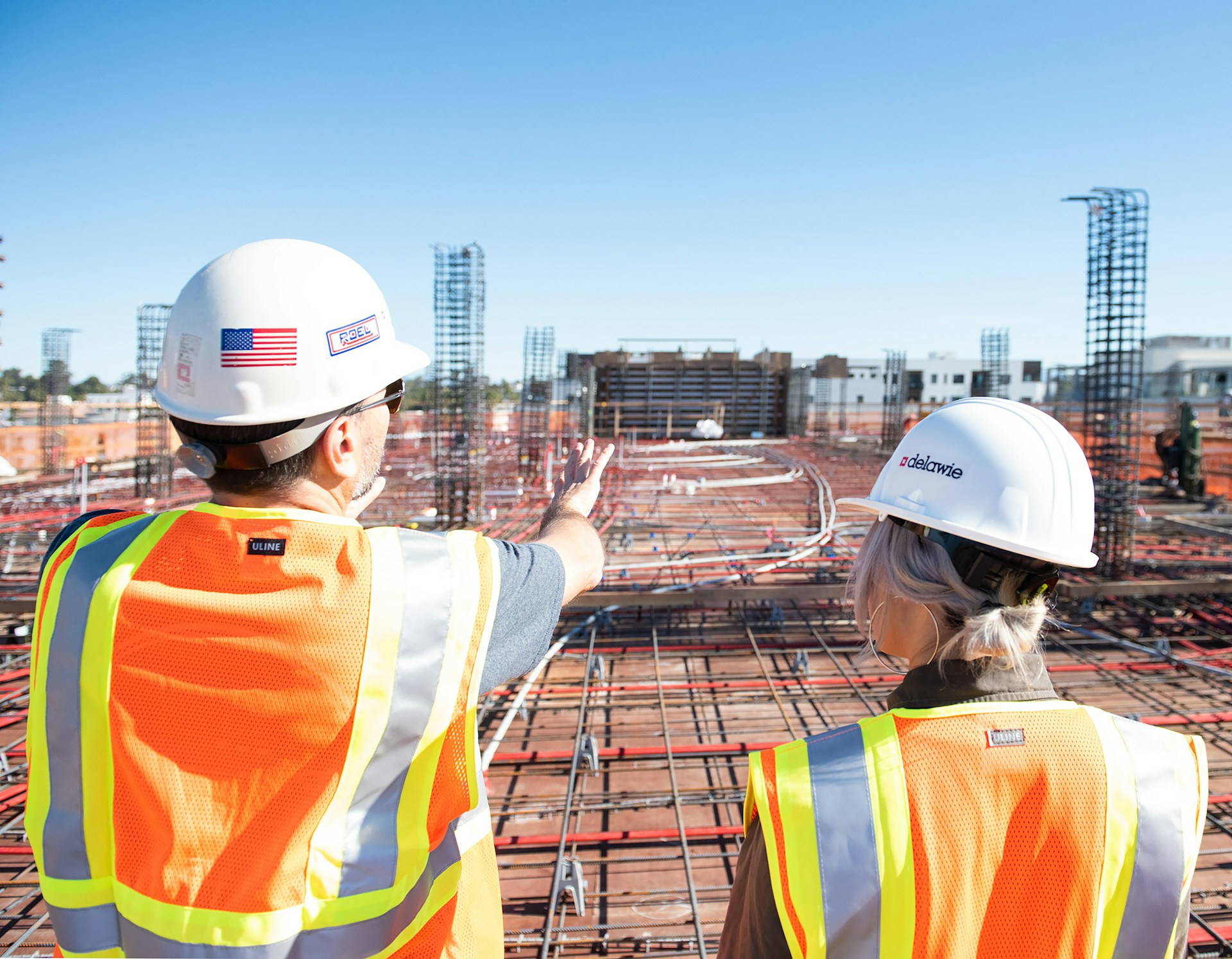For some of the largest developers in the world, risk and change management is one of the top priorities to ensure profitability and timely delivery. In fact, in leading markets such as the Middle East, 52% of developers consider it to be a main internal challenge that they are solving through technology optimization.
With nearly 83% of organizations focusing on data-driven modelling and monitoring over the next five years, managing project risks will be a completely analytical domain in the near term. These solutions provide an extensive library of rich data sources that have significant relevance in historic risk identification, forecasting, trend analysis, etc.
Construction firms need to also implement the right data collection, organization, and storage solutions as a part of a complete construction project management platform. The right data governance protocols need to be established, with consistent data maintenance for real-time updates within the risk management domain. Key risk assessment reporting features should also be available that can automate identification and escalation to relevant stakeholders.
Smart identification of construction project risks
One of the most important ways to manage project risk through data analysis is to establish smart parameters of project risks across the lifecycle of the development. From design to delivery, key stage-wise risk assessments can be scheduled to continuously monitor and weigh the right risks with maximum impact. These risks can be itemized within a construction project management solution, such as Zepth, and critical control measures can be established instantly.
From project financial analysis to material procurement strategies, there are several processes that can introduce a certain degree of risk into project completion. Whether issues with foundations, quality of concrete, or output of labour, risks can emerge through varying degrees, requiring the collaborative support of multiple stakeholders. While 62% of developers believe that real-time risk modelling will be a top priority over the next few years, firms need to establish a rich data bank of project insights early on.
Data analytics is also critical to managing risks in construction projects as they help structure a metrics-driven approach to risk identification. That is why close to 27% of global construction firms are planning on investing in qualitative risk analysis tools that leverage data analytics for risk mapping and remediation. Analytics also helps monitor the success or failure of key governance protocols that are instated for the effective management of risk events within projects.
Establishing trigger mapping and reporting systems
Several construction firms leverage distinct processes for risk management and project execution, which is why there is delay introduced in mapping and reporting. Around 34% of firms integrate governance, technology, policies, and monitoring for risk events via a strategic approach that is scalable. Data analytics solutions can help streamline the adoption of a connected risk mapping network, through the forecasting of trigger areas within the lifecycle.
Key risks, such as introduction of new vendors, delays in material delivery, payment cycle disruptions, macro-level shifts, etc. can be mapped within a data-driven solution. Analytics introduces a layer of transparency in data management, which is key to mapping and reporting of risk events. Through visualization solutions, the construction report data captured can also be represented in a highly scientific way to expedite decision making on issue resolution.
Automated reporting is also vital to managing project risk, across various stages within the project. From portfolio assessments to financial reporting, risk triggers can be set through technology solutions. These triggers can be activated for instant alerting to relevant teams, based on predefined metrics that are dynamically generated. The automation of risk identification and alerting can be fully optimized when using AI and analytics for reporting systems.
Developing the right mitigation strategy for risk events
Analytics can also completely transform how construction firms develop mitigation strategies to address risks with better agility. They define risk barriers and provide key insights into root causes of risk events, for faster resolution of emerging threats. With only around 16% of construction firms integrating their systems and tools, there is significant scope of expanding analytics in mitigation strategies.
Nearly 1 in 3 global construction firms experienced overruns in cost and timelines of more than 20% due to the pandemic. Cashflow tracking and optimization can be successfully performed at-scale when using data analytics to monitor outflows strategically. The right mitigation strategies can also be developed through AI, such as setting daily limits, automatically ordering materials, rescheduling workers, etc.
Having the right mitigation strategies for both large and small-scale events is critical as well. By having predefined approaches for HVAC misalignment, structural work issues, site work disputes, BIM discrepancies, etc., teams can be mobilized more easily for mitigation. Construction firms that previously relied on verbal or delayed permissions-based approaches, can transform their approach through digitized planning and approval workflows.




